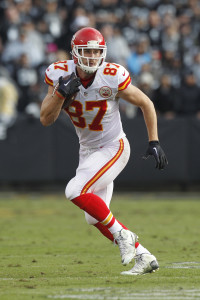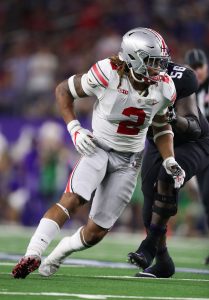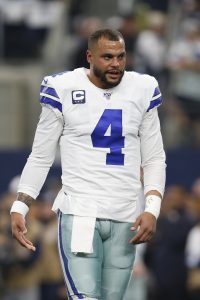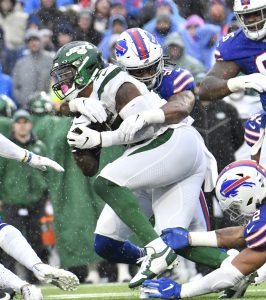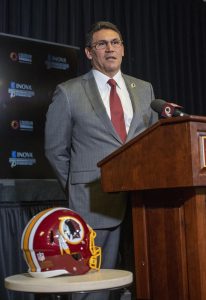When we add entries to the “This Date in Transactions” series, we generally don’t focus on players without an NFL appearance, especially when said transaction is a usually-anonymous futures deal. However, on this date in 2013, one of the more unusual futures contract was signed.
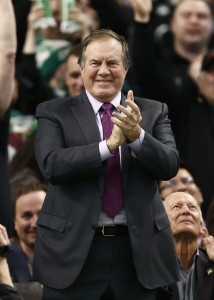 On February 1st, 2013, the New England Patriots officially signed Armond Armstead to a futures contract. The defensive tackle had once been a top prospect at USC, but the school’s medical staff refused to clear him for the 2011 campaign after learning of a major heart issue (Armstead would later sue the school, saying the team doctors’ use of painkillers contributed to the heart issue and ultimately compromised his earning potential). With the lineman being forced to miss his senior season, he ended up going undrafted in the 2012 Draft.
On February 1st, 2013, the New England Patriots officially signed Armond Armstead to a futures contract. The defensive tackle had once been a top prospect at USC, but the school’s medical staff refused to clear him for the 2011 campaign after learning of a major heart issue (Armstead would later sue the school, saying the team doctors’ use of painkillers contributed to the heart issue and ultimately compromised his earning potential). With the lineman being forced to miss his senior season, he ended up going undrafted in the 2012 Draft.
Armstead later took his talents to the CFL, where he earned an All-Star nod after compiling 43 tackles and six sacks en route to a Grey Cup Championship. Following his standout campaign, the lineman requested (and was granted) his released so he could pursue an NFL gig.
It didn’t take long for him to find his next deal, as he inked a futures deal with the Patriots on February 1st. So what’s so unusual about the contract? Well, let’s first review the standard futures deal. These contracts tie players to a teams’ roster throughout the offseason, and it counts towards the salary cap and 90-man camp roster for the subsequent season. These deals are usually one-year, minimum-salary, non-guaranteed deals. In fact, in 2011, the NFLPA filed a collusion suit against the league claiming that front offices were conspiring to keep these values especially low (among other, more notable salary-cap machinations).
Armstead’s deal was one of the few futures contracts that offered anything of substance, with the total value being practically unprecedented. The team signed the lineman to a three-year futures contract that included $655K in guaranteed money (the deal could have been worth up to $1.48MM). This kind of commitment by the Patriots proved that the organization was high on the prospect and there was probably some competition for his services.
Unfortunately, the deal didn’t end up working out. Armstead required surgery to treat an infection during the 2013 offseason, leading to his placement on the reserve/non-football injury list. He didn’t see the field during his rookie campaign, and he ended up announcing his retirement during the 2014 offseason.
While Armstead’s NFL career didn’t work out, he still has this interest footnote (as well as $655K) to fall back on.

